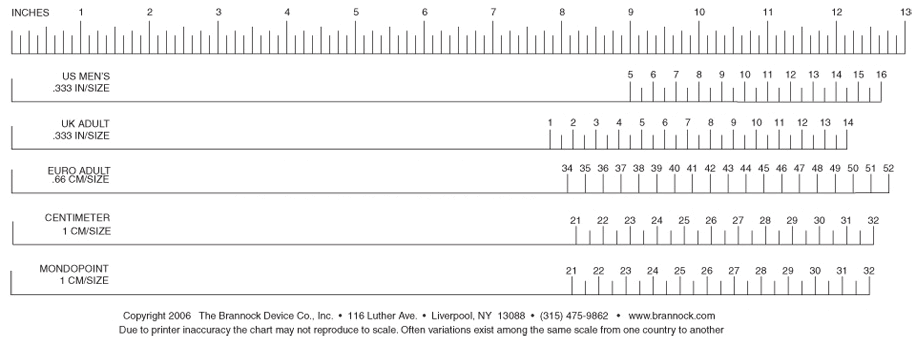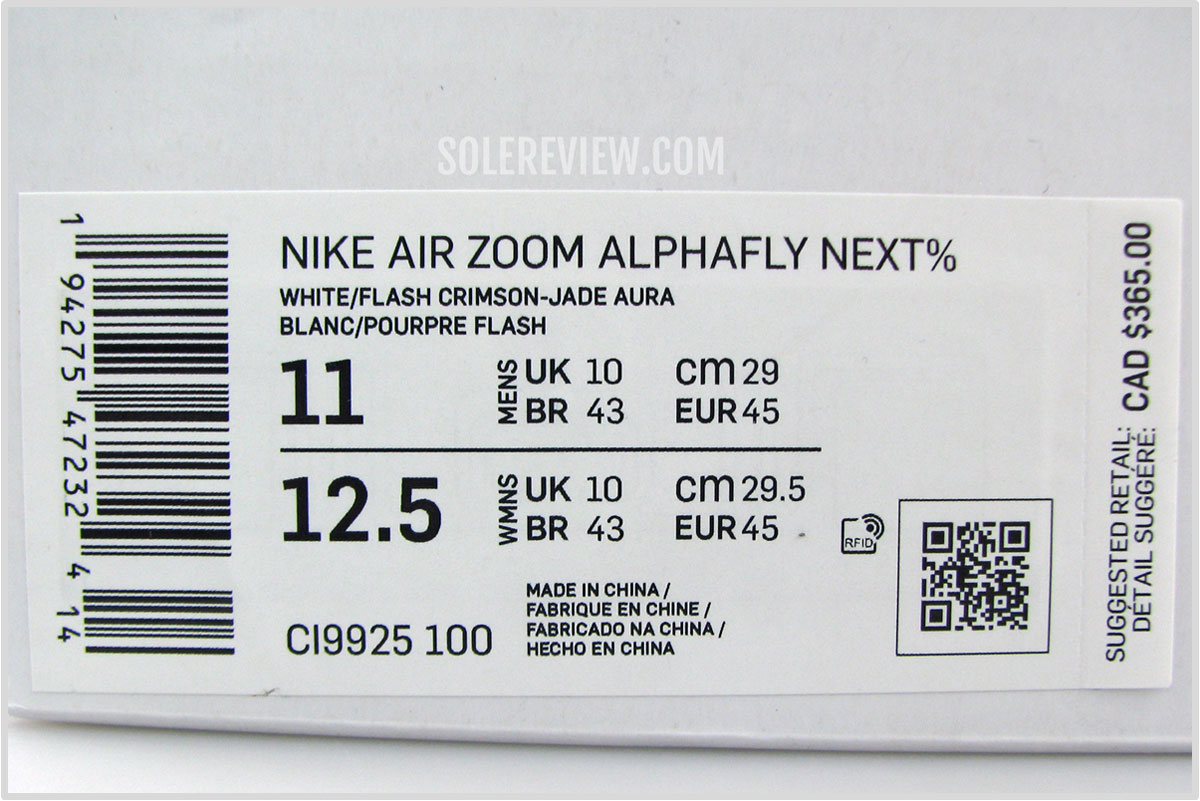

the image has gone directly into the frame. In the second image, the picture is framed with no mount border i.e. If you haven't printed your picture yet, try out our dedicated custom print and frame page. Your mount (if you order one) will arrive inside the frame, and will have a cut out/aperture inside to fit your picture size - the cut out that we will send to you will be ever so slightly smaller (3mm) on each side (left, right, top and bottom) to make it easier for you to align the image with the cut out. This provides more 'breathing space' around the image, and sets the image away from the frame. Graphic and web design may also use different units, like em.In the first image, we can see the Nightshade (one of our mount colour options) border surrounding the picture. In short – this is the smallest controllable element of a picture represented on the screen. We can describe it as a physical point in a raster image or the smallest addressable element in an all points addressable display device. Important - in digital imaging, the pixel has a different meaning. Devices may change, but a pixel always looks the same – on a printer, a 1-pixel line looks the same as it would look on a computer monitor. Nowadays, screens can display much smaller dots, although you need a magnifying glass to see them.The pixel unit got its name from those screen pixels. The smallest dot it can display measures approximately 1/100th of an inch. Imagine a CRT computer monitor from the 1990s.


We use this unit to ensure that a given element will display as the same size no matter what screen resolution displays it.You can convert mm to pixels – the length of a pixel is 0.26 mm or 0.0104 inches (provided that the resolution equals 96).A pixel is a unit of measurement commonly used in graphic and web design.


 0 kommentar(er)
0 kommentar(er)
